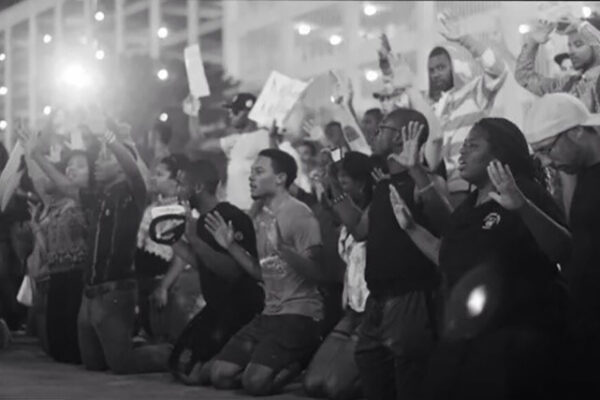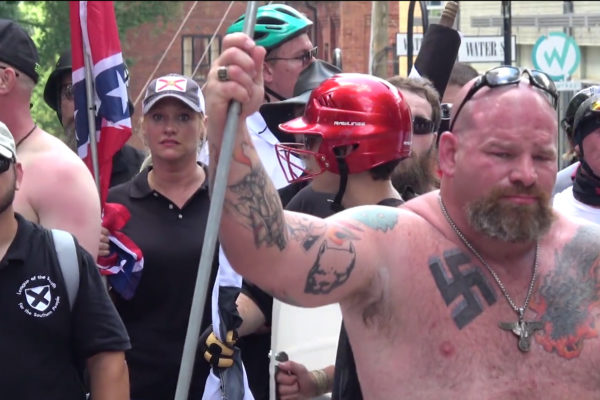WashU Expert: How to document the protests
Americans across the nation are documenting today’s protests through photography and video, often posting their content on Instagram, Twitter and other social media platforms. But is that the safest way to preserve these historic images? Miranda Rectenwald, curator of local history at University Libraries at Washington University in St. Louis, created a list of resources to help protest participants preserve their content for the long term.
Record expansion of U.S. hate groups slows under Trump administration
As President Donald Trump prepares to offer his first State of the Union address, a new analysis by a Washington University in St. Louis sociologist may explain why the pronounced, decades-long expansion of U.S.-based hate groups has slowed to a crawl during the first year of his administration.
New book explores forgotten freedom of assembly
Freedom of assembly has become the forgotten constitutional right, with courts’ attention focused more on freedoms of association and speech. Both the Occupy and Tea Party movements, however, are reminders of how the right to assemble has been “at the heart of some of the most important social movements in American history: antebellum abolitionism, women’s suffrage and the Civil Rights Movement,” says John Inazu, JD, PhD, associate professor of law at Washington University in St. Louis. In his new book, Liberty’s Refuge: The Forgotten Freedom of Assembly, published last month by Yale University Press, Inazu examines why freedom of assembly has become “a historical footnote in American law and political theory,” and what has been lost with the weakening of protections for private groups.
Catholic leadership divided over Obama’s Notre Dame speech, expert suggests
Frank FlinnNotre Dame University’s decision to invite President Obama to deliver the university’s commencement address on Sunday has sparked strong protests from groups who disagree with Obama’s stand on abortion and stem cell research. Despite condemnation of Obama’s speech by a number of prominent American bishops, the Vatican may be more interested in moderation and conciliation in its dealings with Obama, suggests Frank K. Flinn, a close observer of religious politics and author of the Encyclopedia of Catholicism (2007).


